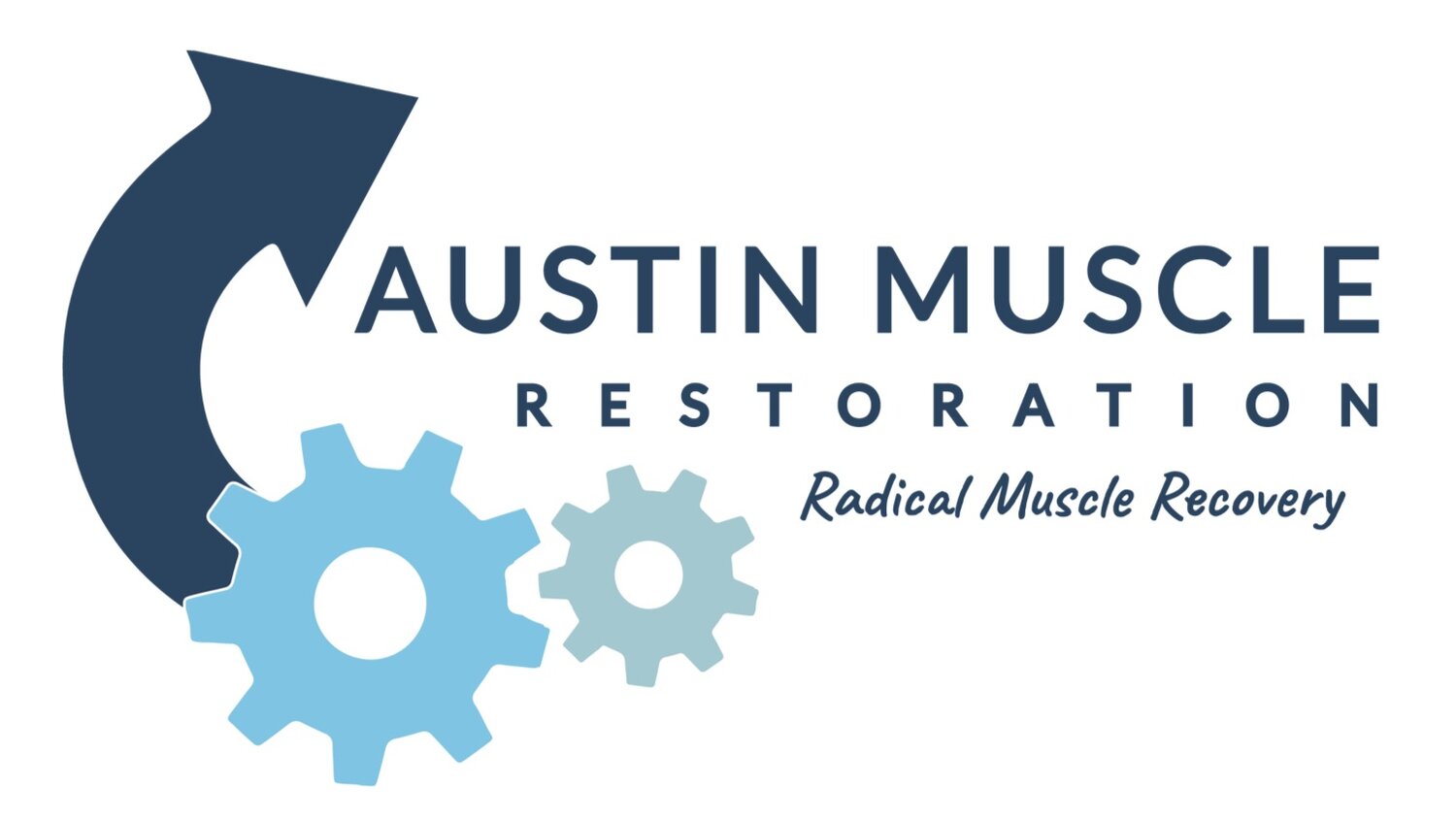Exercise For Chronic Musculoskeletal Pain
Exercise for chronic musculoskeletal pain: A biopsychosocial approach
John Booth 1, G Lorimer Moseley 2, Marcus Schiltenwolf 3, Aidan Cashin 1, Michael Davies 4, Markus Hübscher 5 6
Affiliations expand
PMID: 28371175
DOI: 10.1002/msc.1191
Abstract "Chronic musculoskeletal pain (CMP) refers to ongoing pain felt in the bones, joints and tissues of the body that persists longer than 3 months. For these conditions, it is widely accepted that secondary pathologies or the consequences of persistent pain, including fear of movement, pain catastrophizing, anxiety and nervous system sensitization appear to be the main contributors to pain and disability. While exercise is a primary treatment modality for CMP, the intent is often to improve physical function with less attention to secondary pathologies. Exercise interventions for CMP which address secondary pathologies align with contemporary pain rehabilitation practices and have greater potential to improve patient outcomes above exercise alone. Biopsychosocial treatment which acknowledges and addresses the biological, psychological and social contributions to pain and disability is currently seen as the most efficacious approach to chronic pain. This clinical update discusses key aspects of a biopsychosocial approach concerning exercise prescription for CMP and considers both patient needs and clinician competencies. There is consensus for individualized, supervised exercise based on patient presentation, goals and preference that is perceived as safe and non-threatening to avoid fostering unhelpful associations between physical activity and pain. The weight of evidence supporting exercise for CMP has been provided by aerobic and resistance exercise studies, although there is considerable uncertainty on how to best apply the findings to exercise prescription. In this clinical update, we also provide evidence-based guidance on exercise prescription for CMP through a synthesis of published work within the field of exercise and CMP rehabilitation."
Use this link to access this full article https://pubmed.ncbi.nlm.nih.gov/28371175/ or here https://doi.org/10.1002/msc.1191
Here are some fascinating highlights:
CMP affects up to 20% of adults in western society
CMP can include tissue pathology (osteoarthritis, discogenic back pain) or unknown pathology (fibromyalgia, widespread pain, spine pain)
CMP may not directly correlate to underlying pathology - pain may be related to a protective mechanism or danger signal transmission
CMP intervention should include addressing the physical, psychological and social contributions to pain
There is evidence that exercise is an effective intervention for CMP, especially aerobic and resistance based exercise
A thorough initial assessment is recommended that takes into account a client's activity, tolerance, movement quality, and pain
Client's need exercise intervention dosed and progressed appropriately
Client's should be mindful of pain and sensations without unnecessary fear
"Resistance exercise can have a positive global impact on pain."
"Exercise programs that are individualized and supervised have been recommended for CMP"
"Exercise should be individualized, enjoyable, related to patient goals and with a level of supervision specific to the patient"
"Many patients with CMP will respond to lower exercise dosage than recommended for healthy individuals"
Closely observe and monitor exercise practice, seek and provide feedback and correct poor technique"
"Exercise can improve symptoms, decrease disability, and improve function and wellbeing in a range of CMP conditions... There is consensus for individualized, supervised exercise based on patient presentation, goals and preference, and exercise that patients perceive as safe and non-threatening... Clinical competency is required with implementing exercise interventions using a biopsychosocial treatment approach.”
Austin Muscle Restoration is a world class facility with mastery expertise in using multiple exercise modality to assess and address CMP. We embrace and incorporate every one of the principles outlined in this article. We are one of the only facilities in the world that takes a comprehensive approach to assessing and addressing CMP with table and gym based exercise modalities.

